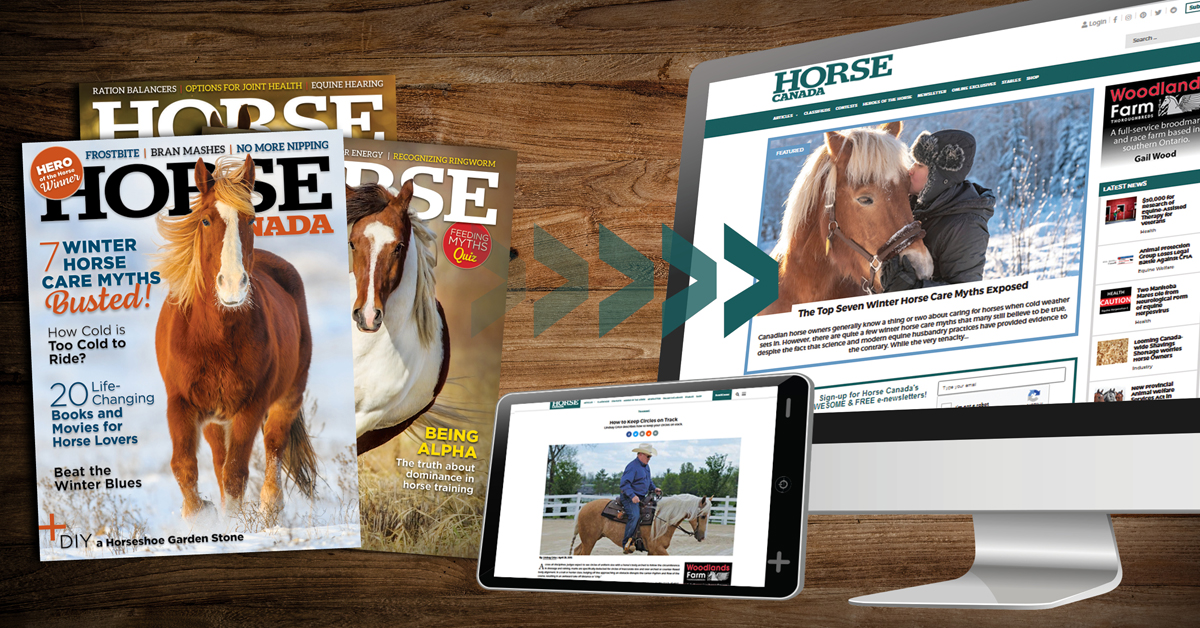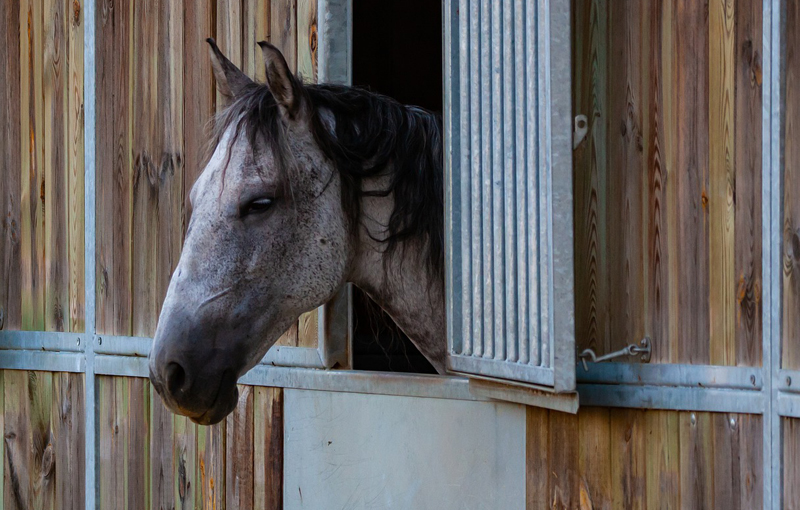Val Sanford has seen first hand the negative effects of respiratory problems on horses’ performance in the show ring and on the trail.
Sanford, owner and manager of Copper T Warmblood Stables near Saskatoon, Sask., has a horse that suffers from “heaves” or recurrent airway obstruction (RAO). The horse requires individualized management from feeding to exercise: it must be treated before riding, its activity needs to be limited, and it must be fed wet hay or cubes to reduce the symptoms.
In her experience, heaves is not curable but something that must be constantly managed.
“Respiratory health is critical,” says Sanford. “If we don’t have healthy respiratory tracts in horses, we absolutely can’t use them to their full ability.”
A better understanding of the equine lung can be the gateway to improving diagnosis and treatment of common respiratory diseases.
That was the driving force behind equine researcher Laura Johnson’s foundational study that aims to establish a new standard of lung research in the horse industry.
Using research methods originally developed for use in mice by the American Thoracic Society, Johnson was able to analyze the equine lung at the most finite level. “This was the first time that we used this method in horses,” says Johnson, who completed her Master of Science degree at the Western College of Veterinary Medicine (WCVM) in July 2013.
“We wanted to look at the lung at a molecular level. We needed to use a really effective way of evaluating the lung tissue.”
Specifically, Johnson’s research looked at the development of a mature horse’s lung compared to a foal’s. The study analyzed the lungs of one-day-old foals, 30-day-old foals and four adult horses, all of which had good respiratory health by industry standards.
Understanding the anatomy of the horse lung at the most detailed level is an important but difficult process, explains Dr. Hugh Townsend, an infectious disease specialist at the WCVM’s Department of Large Animal Clinical Sciences.
“Typically, when you remove the lung from the body cavity and it loses air, relationships change. The size of the airways, alveoli [the lung’s units for gas exchange] and all of those components change as a result.”
Johnson’s work allowed researchers to examine the lung in an unaltered state by pouring a liquid fixating agent into an equine cadaver’s lung while it’s still in the body cavity to maintain inflation. The lung is then cut into sections of specified thickness and every third piece is taken for sampling under a microscope.
“You have to follow protocol, and it has to be very unbiased so you’re getting a representative sample of the whole lung,” says Johnson.
She then analyzed the sections for the density and volume of alveoli and blood vessels.
Her study found what many researchers and equine experts had already hypothesized: foals are born with all of their respiratory components present and functioning and do not develop additional components in their early life as many other mammals do.
“As prey animals, foals are up and moving within hours of birth,” Johnson says, “so it makes sense from an evolutionary perspective that the lung would resemble the adult already.”
She also concluded that the size and density of alveoli in the equine lung increases as the horse ages. The ratio between blood vessels and alveoli remains constant from the newborn foal to the mature horse.
The most valuable research in the veterinary community is the research that answers “big picture” questions like this, says Dr. Julia Montgomery, an assistant professor in the WCVM’s Department of Large Animal Clinical Sciences.
“One excellent contribution that [Johnson’s research] made is we have shown that this technique, which is considered the gold standard in rodent-based research, can be adapted for horses,” says Montgomery, who assisted with Johnson’s research.
If this method is adapted for industry-wide laboratory analysis of the equine lung, results could be compared between labs much easier, Montgomery says.
Townsend hopes Johnson’s foundational study will lead to improved understanding of diseases such as heaves (or RAO) as the methodology could be applied to compare a healthy equine lung and one of a horse with heaves at a microscopic level.
“Basic research like this is very important,” Townsend points out. “She set a standard. We know things now that we didn’t know before in terms of the morphology of the lung and how it changes with age. I think that will become important for future investigators as we try to understand various disease processes of the lung.”
Johnson also hopes her study will prompt similar studies in other geographic areas so regional normal horse lung characteristics can be established.
One of the greatest challenges of her research was finding horses that fit the industry’s specifications for normal respiratory health. These specifications include numbers of immune cells such as macrophages.
“We realized maybe our cutoff values for what’s considered normal isn’t really normal,” Johnson says. “Maybe horses are supposed to have these immune cells in their lungs all the time and they’re still okay.”
Montgomery says animal welfare is a top concern and can benefit greatly from this research. When veterinarians better understand anatomy, they can diagnose problems more quickly to help animals.
For most horse owners like Sanford, the benefits of this research will have a trickle-down effect from their veterinarians. She can see how innovations in the understanding of the horse lung will benefit horse owners as veterinarians may become better equipped to diagnose and treat respiratory issues early on.
“The veterinary community will now have a better knowledge of the basic structures of the adult lung and the foal lung,” Johnson adds. “As veterinarians, we can have a better understanding of what normal is.”
Johnson’s research was funded by the Heather Ryan and L. David Dubé Veterinary Health and Research Fund and has been submitted to the Journal of Anatomy for publication.
Rosie Templeton grew up on a Hereford cattle ranch and grain farm near Coaldale, Alberta. She is studying Agricultural Communications and Agribusiness at Oklahoma State University. She can be found on Twitter @rotempleton.
More from Horse-Canada:





